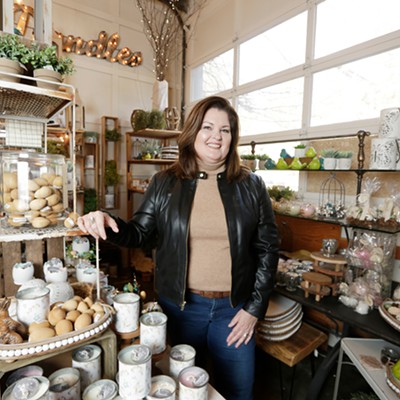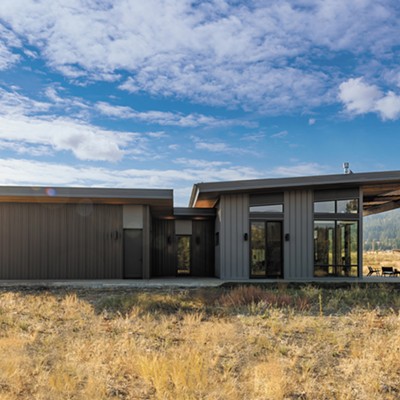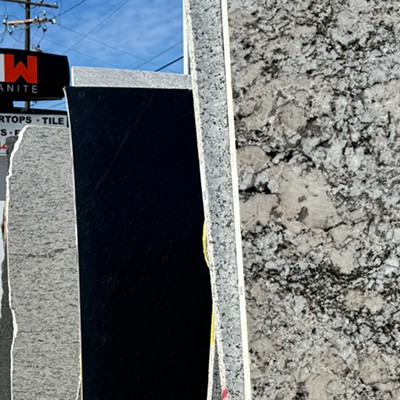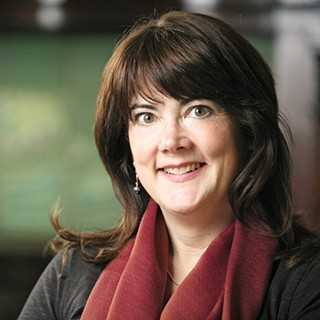Many plastics are numbered to assist with recycling. Look for the number in the recycling triangle on the bottom of the object. Green (1 and 2) are considered safest, while red denotes plastics that scientists are most concerned about. Yellow is in between.
Polyethylene Terephthalate (PET or PETE)
Among plastics, Pete is a friend. Used to make soft drink and water bottles and all sorts of clear plastic food containers. Not known to leach chemicals at room temperatures. Recycled extensively.
High Density PolyEthylene (HDPE)
This is the plastic found in milk jugs, yogurt containers, cereal box liners, and plastic grocery bags. Not known to leach any potentially harmful chemicals and recyclable.
Polyvinyl chloride (V or PVC)
This stretchy plastic is approved for wrapping meats. It is also used extensively in building materials. If you smell the “new shower curtain” smell, the product probably contains PVC, which is for the most part not recyclable. The human carcinogen dioxin is produced during its energy-intensive manufacture. Largest exposure for many people may come from the “new car smell” produced by offgassing of PVC dashboard parts. Probably contains phthalates.
Low-density polyethylene (LDPE)
Used for bread and frozen food bags, some plastic wraps. Not known to leach any problematic chemicals; not recyclable in many areas.
Polypropylene (PP)
Ketchup bottles, kids’ drink cups at restaurants. Not known to leach any harmful chemicals, but not often recycled and hazardous during manufacture.
Polystyrene
Used for foam insulation, foam cups for hot liquids, clamshell take-out containers. Benzene, a known human carcinogen, is produced during its manufacture. Unstable when heated. Foam food containers will be banned in Seattle effective January 2009.
Polycarbonate and Other
This includes all plastics not otherwise categorized and plastics with no label. Often hard, shiny plastics are No. 7— including baby bottles, lining of metal cans, plastic eating utensils. Some of the plastics labeled No. 7 or not labeled at all may be OK, but many are not and there is no way for the consumer to know the difference. Many of these plastics contain bisphenol A.
LEARN MORE
SafeMama.com Information on product safety, recalls, and pertinent legislation
Washington Toxics Coalition (watoxics.org); Practical advice and education
Pediatric Environmental Health Specialty Unit at 1-877-KID-CHEM. Toll-free pediatric environmental health consults (www.pehsu.com)




















